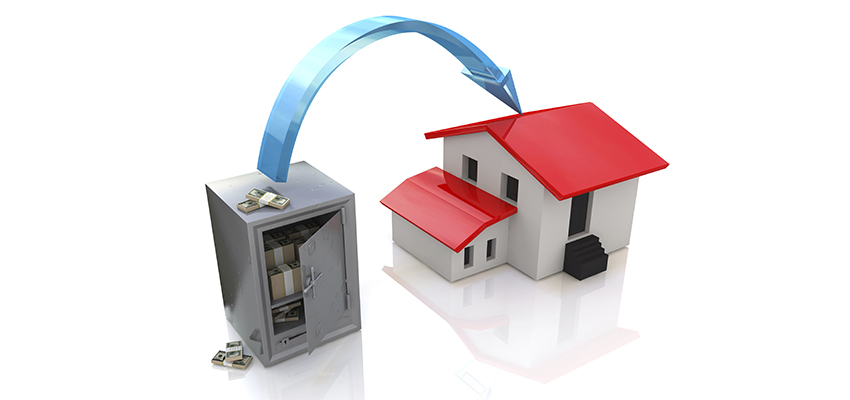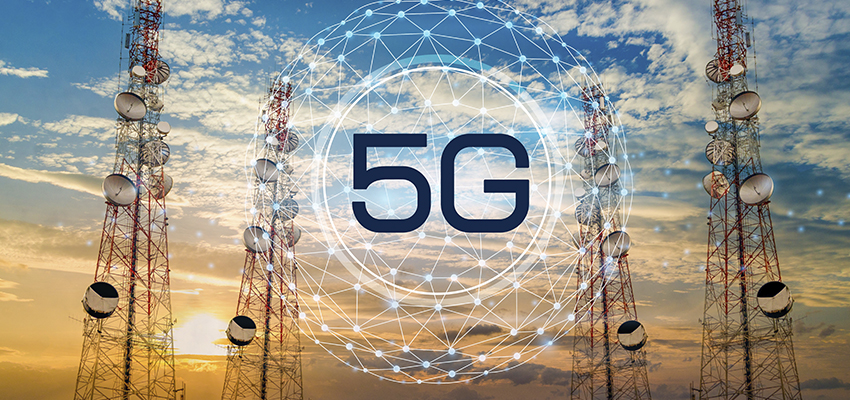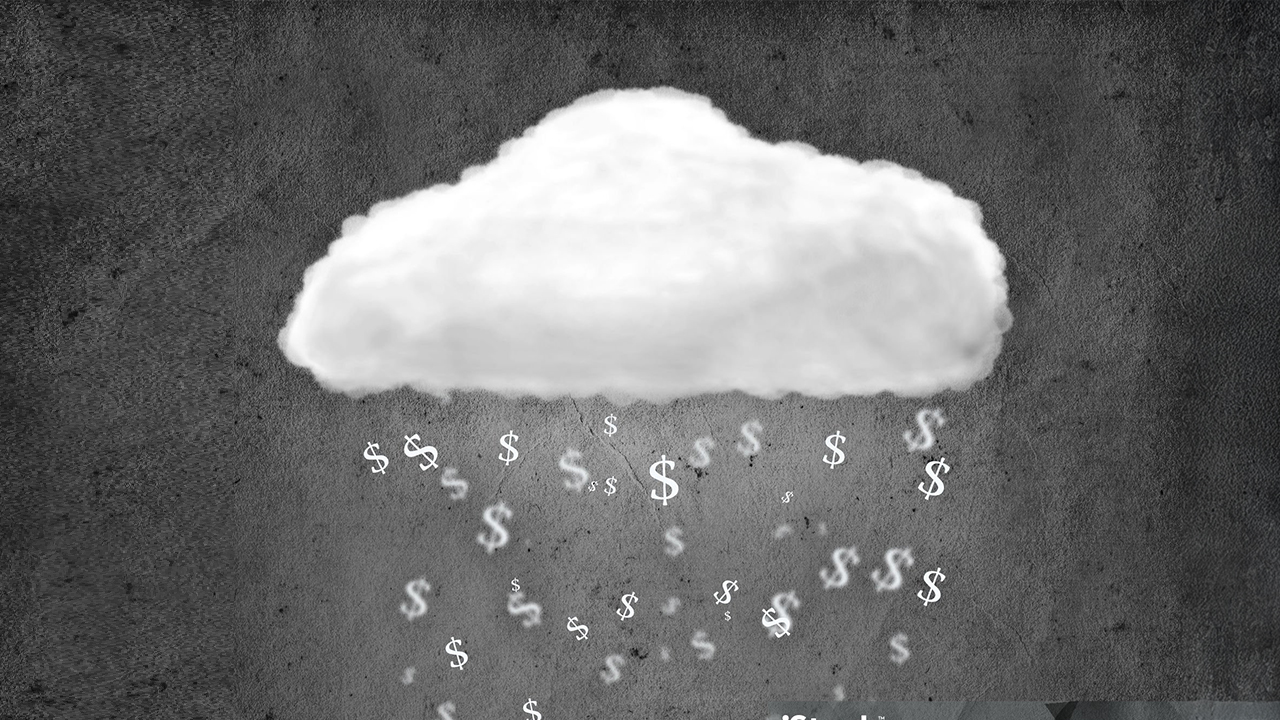Table of Contents
Anyone with millennial-aged children at home will find it hard to remember them without their faces glued to their mobile phones. It seems that their entire universe has been shrunk into a tiny metallic and glass panel, a bit like the Big Bang in reverse. For those young adults, whose birth years begin with the number 2, the word “asset” is more likely to mean their latest photo uploads to Instagram or their music videos on Spotify. For the rest of us, the A-word is more likely to immediately conjure up stocks, shares, and (hopefully positive) cash balances in our bank. There is a definite generation gap thing happening here, but might a parallel situation also work in reverse?
What if we, let’s call ourselves “pre-millennials”, were to consider our own digital assets like money in the bank. Imagine our user names and passwords, those tens of thousands of photos of family members, along with countless digital files containing banking and other personal information all locked up in a digital safe in our high-street bank. Would we expect our bank to let anyone walk in from the street and look around our digital treasure—of course not. We would certainly expect a whole range of security measures to be put in place by the bank including burglar alarms, safes, teller panic buttons, and of course, a burly guard at the front door. With all of those security measures in place, then you would quite likely get a decent night’s sleep.
But, of course, our digital assets don’t live in a financial institution. In fact, they don’t live in anything remotely as secure as a typical high-street bank. Most of our sensitive digital files and information reside on our mobile phones and on computer hard disks in our homes. And with the advent of the Internet, any semblance of security of our personal data has virtually disappeared. Most responsible homeowners will adopt some kind of security for their home-based digital assets, but that is, more often than not, likely to be lacking. We forget our long-chain passwords, resorting to our mobile phone numbers, or the names of our children. We want to harden the security of our home routers, but most of us don’t have a clue how to do this, so they remain with their default factory credentials. And we also want to update our antivirus software with the latest firmware and new virus signatures, but that also gets left behind, to be managed at another time.
Protection of our financial assets
So, why do we expect the protection of our financial assets to be held to such high standards when we really only perform cursory levels of protection over our digital assets? Hackers who find their way into our home networks can easily steal digital files and data that could result in identity theft and significant financial loss. And the simple answer to this conundrum is that most home users aren’t computer experts. Most of us like to switch on our computers and mobile phones and get online to speak with our friends and check out what’s going on. Few of us have enough technical knowledge to even change the ink in our printers, so the firmware that needs to be updated in our home router just ain’t gonna happen. Simple as that.
However, all is not lost. In the same way that home users have little information or even interest in how our high-street bank protects our money, then they also have little interest, or knowledge in how to protect electronic data assets in their homes. And in the same way that we defer to financial institutions to protect our financial assets, so home owners should turn to their ISPs to protect their digital assets. Just as bankers monitor the flows of financial assets, so communication service providers should be the gatekeepers of digital data traffic.
Are you concerned about home digital asset security? Allot’s HomeSecure can assist – Contact Allot.


 5G: Big CSP “Security as a Service” Opportunity
5G: Big CSP “Security as a Service” Opportunity Home Router…, or Trojan Horse?
Home Router…, or Trojan Horse? Determinants of Success in Tomorrow’s Ultra-Connected World
Determinants of Success in Tomorrow’s Ultra-Connected World


